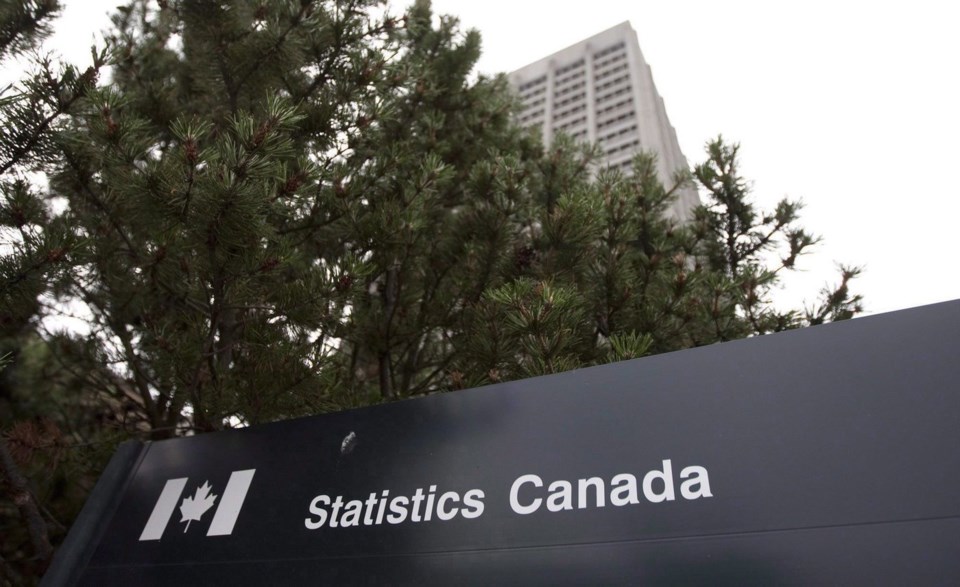OTTAWA — Canadian economic growth came in slower than expected for the first quarter, strengthening the case for a possible interest rate cut by the Bank of Canada next week.
Statistics Canada said Friday the economy grew at an annualized rate of 1.7 per cent in the first three months of the year. It also revised its reading for growth in the fourth quarter of 2023 downward.
The agency said growth in the last three months of 2023 was at an annualized rate of 0.1 per cent, compared with its initial report of an annualized rate of one per cent.
The report is the last major economic data point before the Bank of Canada’s interest rate decision next week. The central bank had been expecting an annual growth rate of 2.8 per cent for the first quarter.
Tu Nguyen, economist at tax and consulting firm RSM Canada, said the GDP report combined with other recent data suggests to her that the Bank of Canada will cut rates by a quarter of a percentage point on June 5.
“I think the economy really needs that so that recovery can begin as soon as possible," she said in an interview.
Nguyen acknowledged the central bank could wait until July to cut, but she said she thought that would keep rates restrictive for longer than necessary.
"I do think at the previous rate announcement the bank did seem a lot more dovish and they acknowledged that inflation is basically now under three per cent — headline inflation and core inflation — and that households are really hurting from higher rates," she said.
On balance, financial markets expect the Bank of Canada to cut its key interest rate next week, but the view is by no means universal.
TD Bank senior economist James Orlando noted that the central bank has prided itself on communicating its intentions to make changes to monetary policy ahead of an actual move.
"If it wants to keep up this effort of transparency and forward guidance, we expect the BoC will hold rates steady next week and use the meeting to tee-up a rate cut in July," Orlando wrote in a report.
"That said, expect fireworks as the BoC could go either way with this one."
Bank of Canada governor Tiff Macklem has said a rate cut is within the realm of possibilities, but that the decision will be guided by the economic data.
He has said the central bank is seeing the right conditions to begin lowering its policy rate from five per cent, but that he wants to see those conditions sustained to ensure inflation is heading down to the bank's two per cent target.
The annual inflation rate fell to 2.7 per cent in April compared with 2.9 per cent in March.
On Friday, Statistics Canada said growth in the first quarter was powered by higher household spending, which increased 0.7 per cent.
Household spending on services rose 1.1 per cent, boosted by spending on telecommunications services, rent and air travel, while household spending on goods gained 0.3 per cent in the first quarter, helped higher by spending on new trucks, vans and sport utility vehicles.
Statistics Canada also said household final consumption spending on a per-capita basis edged up 0.1 per cent in the first quarter, after falling for three consecutive quarters.
The results for the first quarter came as Statistics Canada said real gross domestic product was essentially unchanged in March, following growth of 0.2 per cent in February.
The March figure came as the construction industry gained 1.1 per cent for the month, its strongest growth rate since January 2022. Meanwhile, the manufacturing sector fell 0.8 per cent, weighed down by retooling work at multiple automotive assembly plants in Ontario.
The agency said its preliminary estimate for the economy in April points to growth of 0.3 per cent as increases in manufacturing, mining, quarrying, and oil and gas extraction and wholesale trade were partially offset by decreases in utilities.
This report by The Canadian Press was first published May 31, 2024.
Craig Wong, The Canadian Press




